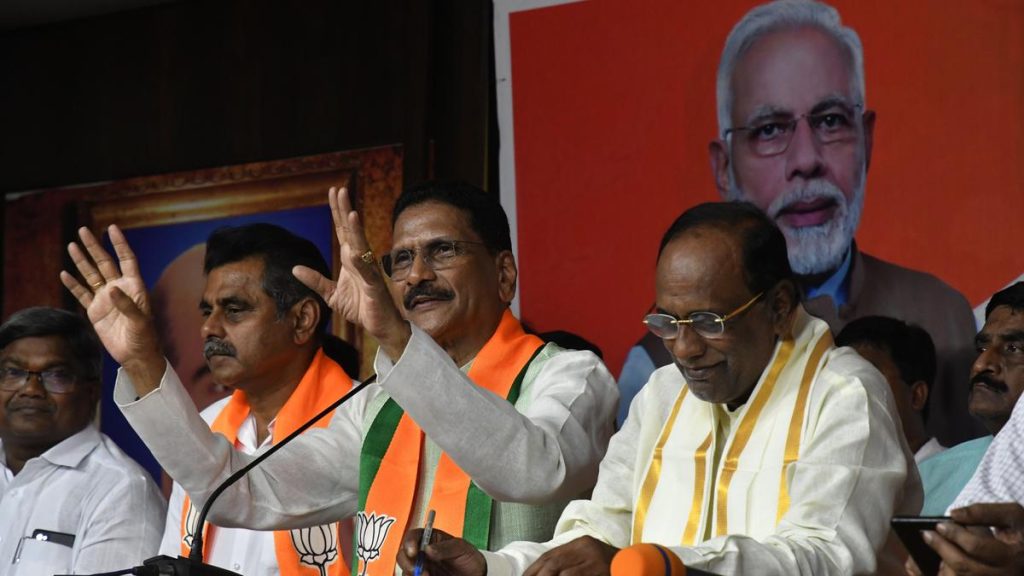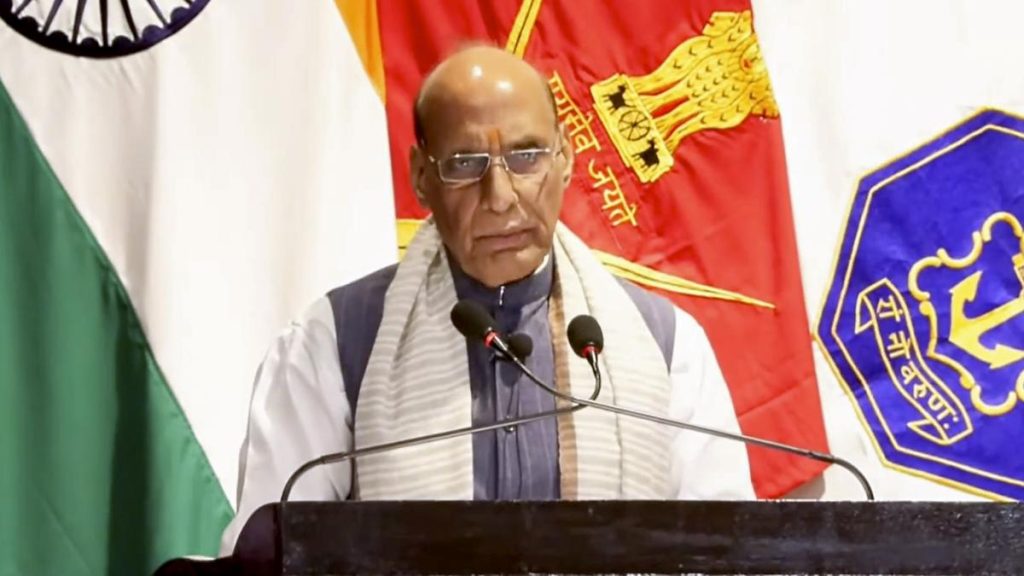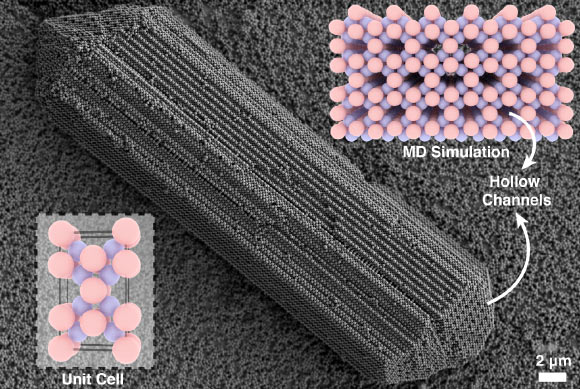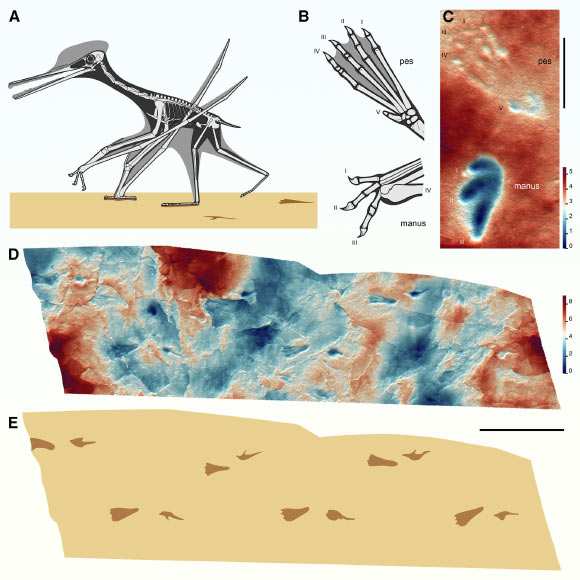Now Reading: Seven-Year Study Reveals Fresh Perspectives on Consciousness
-
01
Seven-Year Study Reveals Fresh Perspectives on Consciousness
Seven-Year Study Reveals Fresh Perspectives on Consciousness
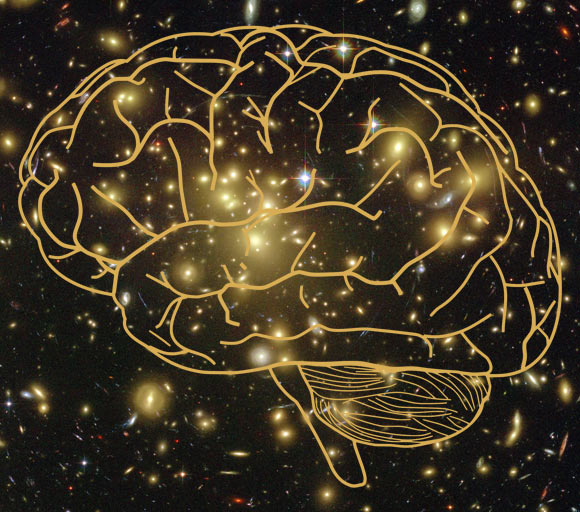
Quick Summary
- A multinational team of neuroscientists investigated two major theories of consciousness: Integrated Facts Theory (IIT) and Global Neuronal Workspace Theory (GNWT).
- IIT suggests that consciousness arises from the integration and interactions within highly connected brain regions, emphasizing collaboration across different parts of the brain.
- GNWT proposes that certain key brain areas amplify and broadcast critically important information to create conscious experiences.
- The study tested both theories using 256 participants, analyzing their brain activity in response to visual stimuli with tools measuring blood flow, magnetic activity, and electrical signals in the brain.
- Findings indicated functional connections between neurons in early visual areas and frontal areas but de-emphasized the prefrontal cortex’s role in consciousness.
- The results suggested sensory processing and perception might be more central to consciousness than reasoning or planning functions associated with intelligence.
- Researchers acknowledged that neither theory was conclusively proven or refuted due to differences in their assumptions, goals, and current technology limitations.
- This work has potential implications for understanding disorders such as comas or vegetative states by identifying covert forms of consciousness.
Indian Opinion Analysis
This collaborative effort marks a notable step forward for neuroscience research by testing competing theories under non-partisan conditions. While no definitive conclusions about IIT or GNWT were drawn, this study laid a foundation by highlighting how information travels across various neural networks related to perception versus cognition.
For india’s scientific community-especially those engaged in neuropsychiatry or cognitive studies-the findings open pathways for advancements tailored toward healthcare practices. Understanding how sensory processing links with consciousness could catalyze developments around patient care for those facing severe neurological injuries. Broad acceptance of such collaboration-backed research may also inspire inter-institutional cooperation essential for addressing global challenges like mental health.



